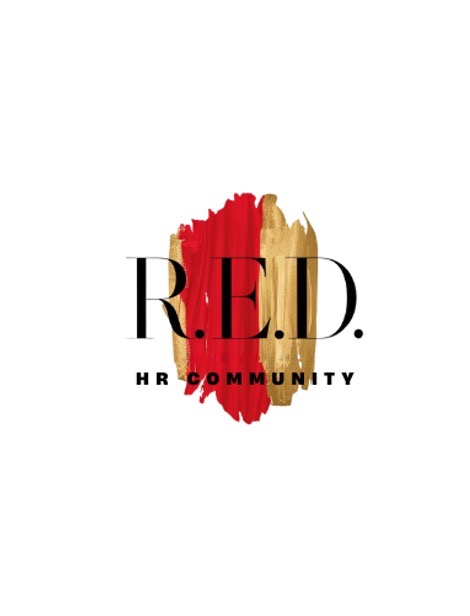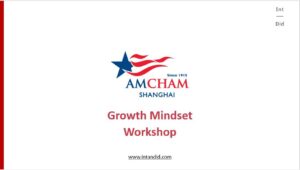Employees may leave, but the relationship doesn’t have to end.
At R.E.D., forward-thinking companies are discovering that former team members can become some of their most valuable assets—referring top talent, boosting employer branding, and even returning with new skills and experience.
That’s the power of employee alumni relationships.
Rather than viewing offboarding as a closing chapter, HR leaders are reimagining it as a pivot point in a longer journey—one that extends beyond employment and contributes to future business success.

Why Invest in an Alumni Program?
The benefits go far beyond sentimentality. Companies that nurture alumni networks report:
- Stronger referral pipelines: Former employees refer candidates who are pre-aligned with company culture.
- Rehires with stronger skill sets: “Boomerang” employees often return with new experience and broader perspectives.
- Organic brand advocacy: Alumni are credible voices who shape your reputation in the market.

What Makes an Alumni Network Work?
Successful programs create intentional, ongoing connection points. These are some of the most effective tactics R.E.D. leaders have implemented:
Quarterly newsletters with alumni spotlights, job openings, and company updates
Private LinkedIn or Slack groups for informal conversation and networking
- Invites to virtual events, such as panel discussions, product previews, or Mentorship and coaching programs
- Alumni directories or CRM tools to maintain updated contact details
The goal? Keep the relationship warm—not just when you need something.


How Often Should You Engage?
Companies typically connect with alumni at least quarterly. A consistent cadence builds familiarity without overwhelming inboxes. Engagement ideas include:
- Company milestones and alumni shoutouts
- New roles or referral opportunities
- Celebrations of alumni achievements
- Invitations to speak at events or mentor current team members
Best Platforms for Alumni Engagement
LinkedIn: Great for community building and professional updates
Email: Ideal for newsletters and targeted messaging
Event apps (e.g., Hopin, Zoom Events): For scalable virtual reunions or spotlights
Internal CRM or HRIS tools: To track touchpoints and personalize outreach

R.E.D. Insight: Alumni Engagement is Strategic, Not Sentimental
R.E.D. companies that treat alumni as strategic stakeholders are seeing real ROI in their recruiting, branding, and culture outcomes.
When someone leaves your organization, they don’t leave your ecosystem. With the right structure in place, alumni stay connected, and sometimes, come back stronger than before.

Final Thought
If you’re not investing in alumni relationships, you’re overlooking one of the most cost-effective and authentic extensions of your employer brand.
Build the bridge. Keep the door open. Your next great referral—or rehire—might already know your name.
Related Articles


Trust But Verify: The Importance of Background Checks and Reference Verifications


